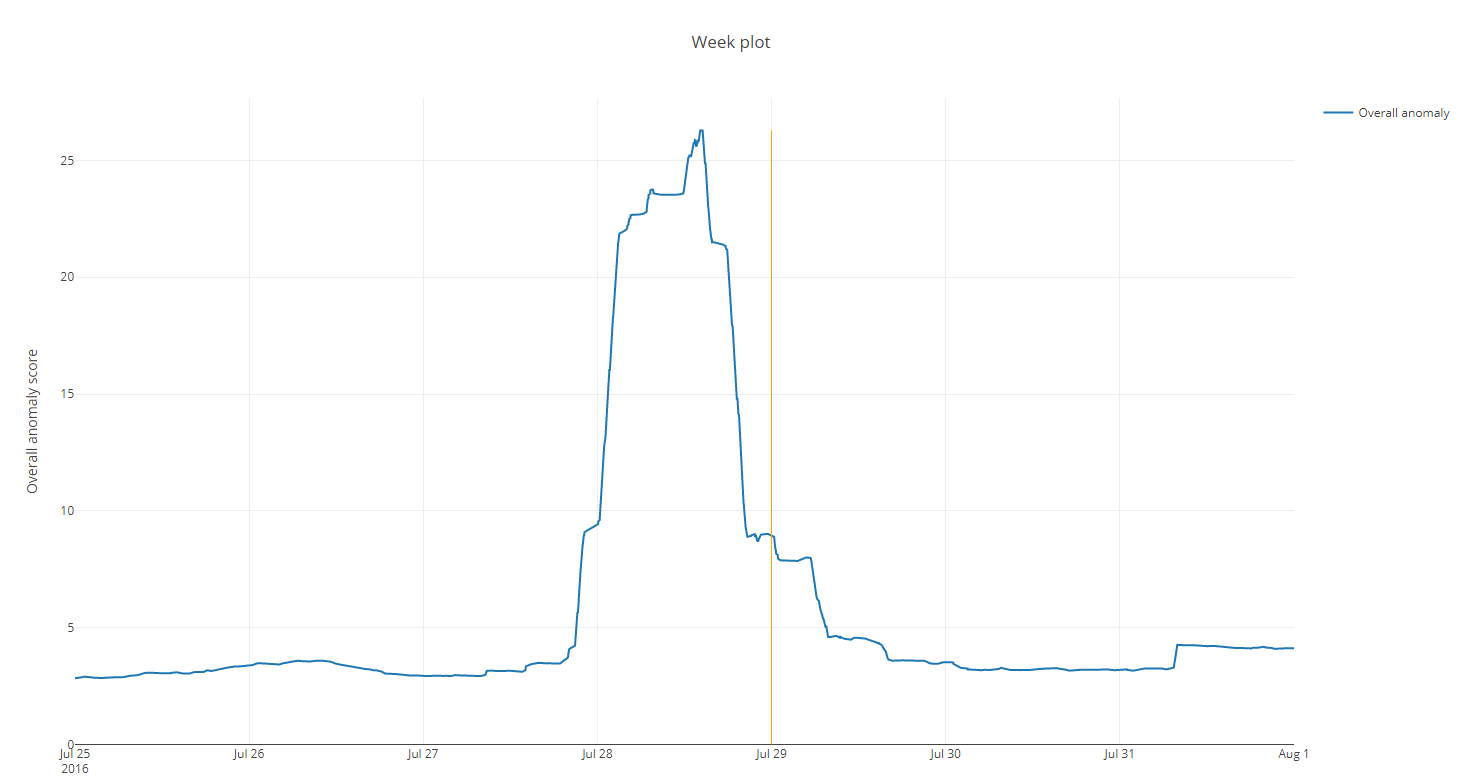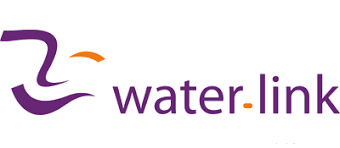Below, an article from our customer Water-Link, on the Proof of Concept project on the detection of anomalies in the water network of Antwerp.
Water-Link demonstrates the power of predictive software for its water network with the help of Yazzoom.
Water networks are equipped with all sorts of pressure sensors and flowmeters. They provide the data needed for supervision, the so-called KPIs (Key Performance Indicators). Control actions are triggered based on relatively simple rules: not enough pressure? Increase the pump power! Flow too low? Start more pumps!
Unfortunately, water networks are intricate systems of pipes, valves, turns, chokepoints, dead ends, pumps and other equipment. The large amount of measurements thus delivers complex data, that even trained operators can’t interpret.
A thorough analysis using advanced computer algorithms (complex mathematical models) could lead to a better management and faster decisions. Such a set of algorithms could also extract more information from the data. Issues would be spotted faster or sometimes predicted, lowering or even avoiding damage.
Unfortunately, water networks are intricate systems of pipes, valves, turns, chokepoints, dead ends, pumps and other equipment. The large amount of measurements thus delivers complex data, that even trained operators can’t interpret.
A thorough analysis using advanced computer algorithms (complex mathematical models) could lead to a better management and faster decisions. Such a set of algorithms could also extract more information from the data. Issues would be spotted faster or sometimes predicted, lowering or even avoiding damage.
'>


Anomalies are summarized into an ‘overall anomaly score’, an of indicator of the strength of the anomaly. This anomaly score is visualized on a timeline. Here you can see a strong peak in the anomaly score on the night of 27 to 28 July. This corresponds with the burst water main of Groot Hagelkruis in July 2016. The orange line marks the time of repair.
This was the idea that brought Water-Link to Yazzoom. Yazzoom is a company from Ghent, specialized in industrial data analytics. We asked Yazzoom to investigate if an advanced analysis of the data of our water infrastructure could deliver these kinds of results.
In a move that exceeded our expectations, Yazzoom delivered Proof of Concept software that did just what we wanted.
The basis of the computer program is the concept of machine learning-based anomaly detection. This type of software is at the cutting edge of computer science. It is beginning to supplement, and sometimes to replace, traditional statistical evaluation methods. This technology is especially useful when dealing with the enormous amount of data generated by machines and systems. A self-learning computer program is used to detect deviations (or anomalies) without human input. It watches and learns autonomously how a system behaves, understands how to recognize what’s normal and what can be expected. This way, unusual behaviour, strange patterns and unexpected trends are automatically detected.
In a move that exceeded our expectations, Yazzoom delivered Proof of Concept software that did just what we wanted.
The basis of the computer program is the concept of machine learning-based anomaly detection. This type of software is at the cutting edge of computer science. It is beginning to supplement, and sometimes to replace, traditional statistical evaluation methods. This technology is especially useful when dealing with the enormous amount of data generated by machines and systems. A self-learning computer program is used to detect deviations (or anomalies) without human input. It watches and learns autonomously how a system behaves, understands how to recognize what’s normal and what can be expected. This way, unusual behaviour, strange patterns and unexpected trends are automatically detected.
This self-learning software was let loose on historical data from Water-Link and was able to find anomalies in the water supply network. An early detection of anomalies can mean faster intervention and repair, and minimization of damage and disruption.
For the purpose of this proof of concept, only the data from existing measuring equipment was used. Indeed, the software extracts more information from the current measurements. It also allows simulations which can be used to improve the extension of the measurement network as well as the water network infrastructure itself.
The Operations division is now launching a pilot deployment of this technology in the Ekeren district.
With self-learning software, commonly called artificial intelligence, we can extract more information from our existing meter network. A better management of the installations, also a pre-emptive one, becomes possible. Unforeseen circumstances can be better understood. A more efficient management means first and foremost a better use of resources.
For the purpose of this proof of concept, only the data from existing measuring equipment was used. Indeed, the software extracts more information from the current measurements. It also allows simulations which can be used to improve the extension of the measurement network as well as the water network infrastructure itself.
The Operations division is now launching a pilot deployment of this technology in the Ekeren district.
With self-learning software, commonly called artificial intelligence, we can extract more information from our existing meter network. A better management of the installations, also a pre-emptive one, becomes possible. Unforeseen circumstances can be better understood. A more efficient management means first and foremost a better use of resources.

